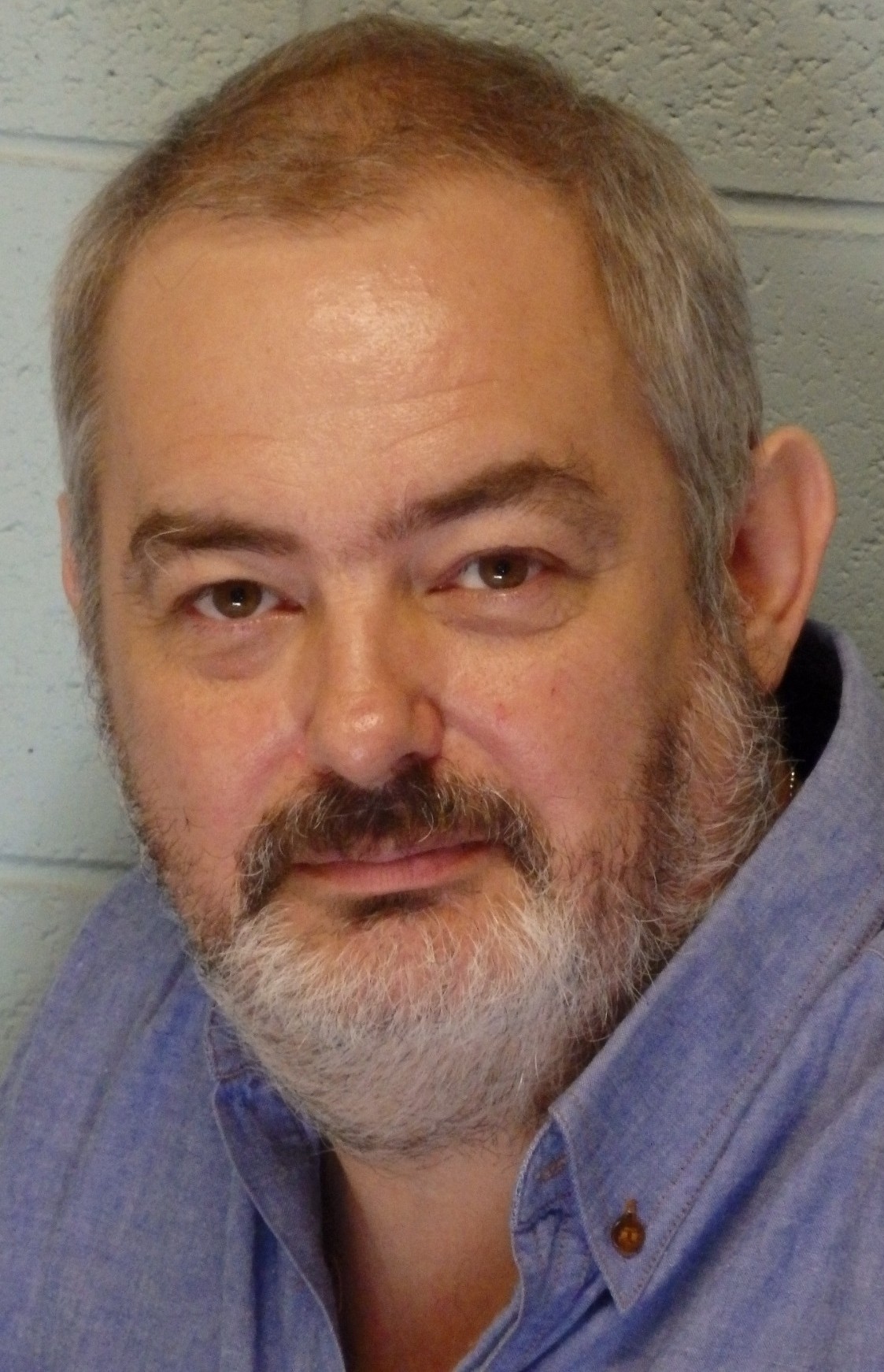It came as no surprise to Associate Professor Chris Brown when esteemed British researcher Professor Sir James Fraser Stoddart was named as one of the three recipients of the 2016 Nobel Prize for Chemistry.
Professor Stoddart’s areas of expertise are supramolecular chemistry and nanotechnology, and Associate Professor Brown had worked with him on early research into the then fledgling discipline between 1987 and 1996.
“I was confident that he would one day win the Nobel Prize,” said Associate Professor Brown, one of the Deputy Heads of Griffith University’s School of Natural Sciences.
The Nobel Prize announcement gave Associate Professor Brown pause to reflect on his own successful career, which he largely credits to Professor Stoddart’s influence. He was one of about 300 PhD students who graduated under Professor Stoddart’s tutelage.
Associate Professor Brown began his studies as a PhD candidate at the University of Sheffield in 1987. During that time he worked on a fully funded industrial project involving the herbicide Paraquat — one of the key molecules in Professor Stoddart’s molecular machines.
“That research included some of the first work exploring the mechanically interlocked molecules that subsequently proved to be embryonic molecular machines,” said Associate Professor Brown.
“In the very early stages we explored the potential of molecules that associated with each other via weak intermolecular interactions. We wanted to see what could happen when these sorts of molecules were brought together.
Scientific pioneers
“The work essentially involved mixing molecules that, under the right conditions, ‘recognise’ each other, by virtue of complementary three dimensional shape and electronic charge. We found the molecules could self-assemble themselves into more complex systems.
“Professor Stoddart was one of the pioneers in the field of supramolecular chemistry. Certainly, at that time, the field was still novel. It was still an emerging discipline and it was a dynamic and exciting time for us.
“Professor Stoddart was definitely a force of nature and I learned so much. The education and experience was phenomenal and working with him was inspirational. There is no doubt that the skills I acquired in my doctoral training were invaluable to me in the subsequent pursuit my own academic career.
“It was truly an honour and a privilege to work with a man of the calibre of Professor Sir James Fraser Stoddart.”
Sir James Fraser Stoddart, the Professor of Chemistry in the Weinberg College of Arts and Sciences at Northwestern University, was one of three researchers who shared the 2016 Nobel Prize in Chemistry for their work on the design and synthesis of molecular machines.
Early work recognised
The Nobel Prize was awarded for Professor Stoddart’s 1991 work on rotaxane systems. These molecules proved to be the precursors for subsequent species that functioned as molecular ‘lifts’ and ‘muscles’.
After completing his doctorate in 1991, Associate Professor Brown returned to work with Professor Stoddart, now at the University of Birmingham, as a Postdoctoral Research Associate. His research, amongst other things, addressed the self-assembly of light driven mechanical machines, including rotaxanes.
“After my doctorate in Sheffield I completed Royal Society and Gritton Research Fellowships at the University of Sydney,” said Associate Professor Brown.
“I met my wife while at Sydney and we both agreed to return to England to work with Professor Stoddart at the end of our Australian postdoctoral positions.”
Associate Professor Brown’s wife, Dr Sue Boyd, who is also an academic member of staff at Griffith’s School of Natural Sciences, also worked as a Postdoctoral Fellow in the Stoddart group at the same time.
“Our evening conversations often revolved around the ground-breaking discoveries the group had made that day,” he said.
Associate Professor Brown has been at Griffith University since 1997. He is currently undertaking research in graphene and graphene-related nanostructured carbon materials, for energy storage and molecular sensors.
“We were actually exploring research energy conversion systems in the 90s, but the science has now matured and is more prominent than it was in those very early years,” he said.
